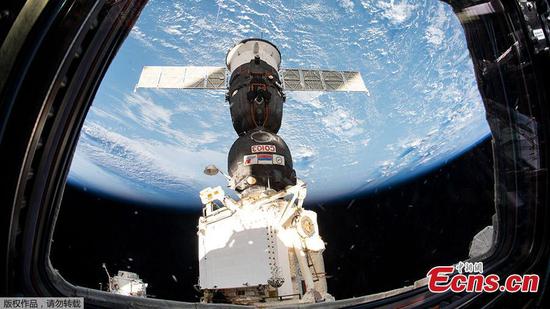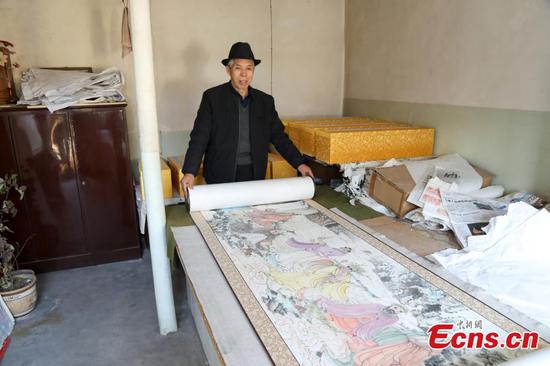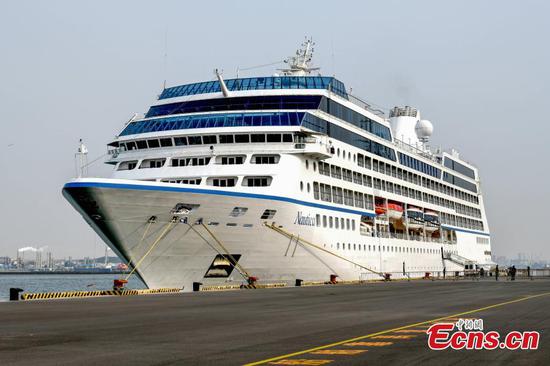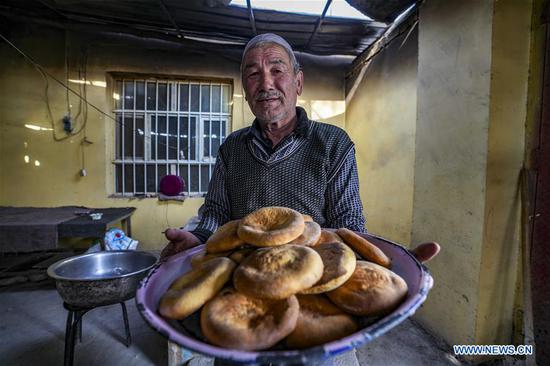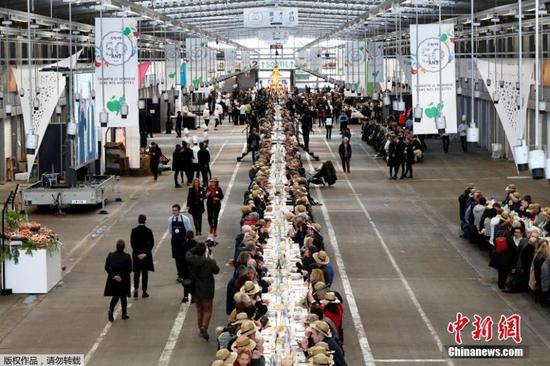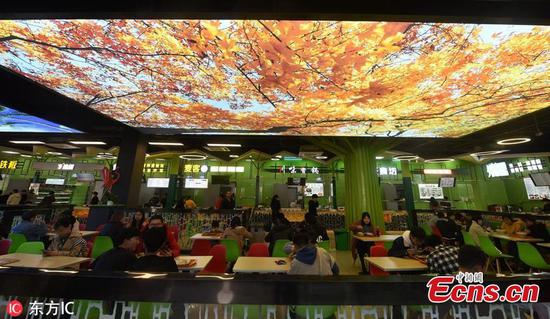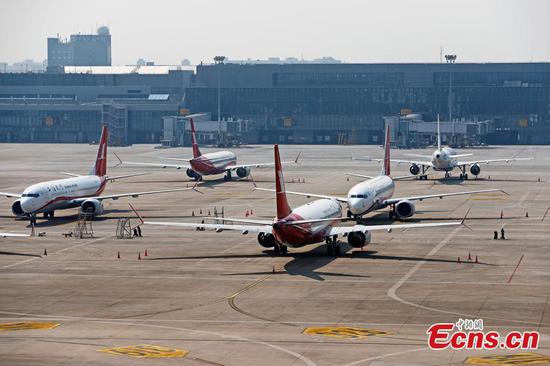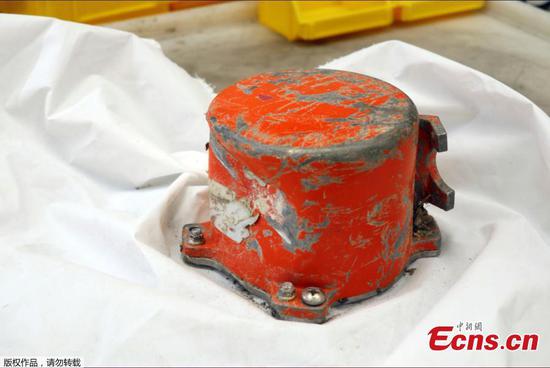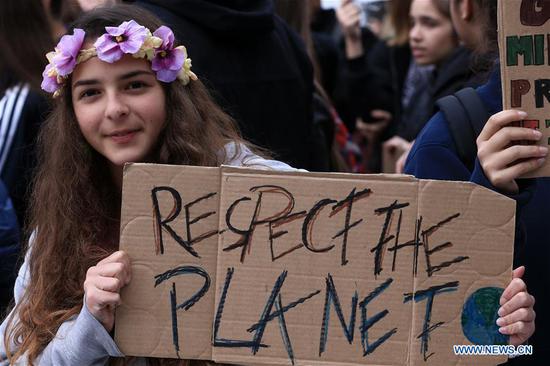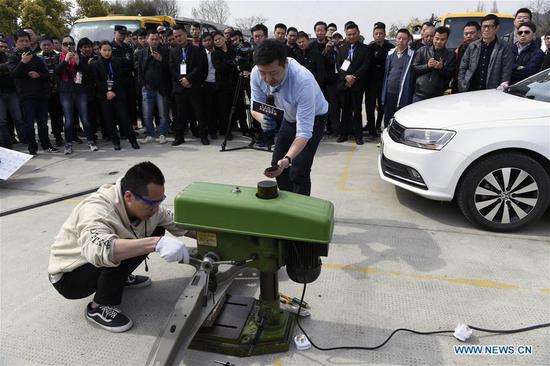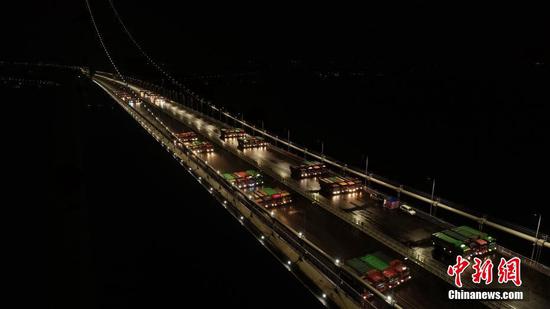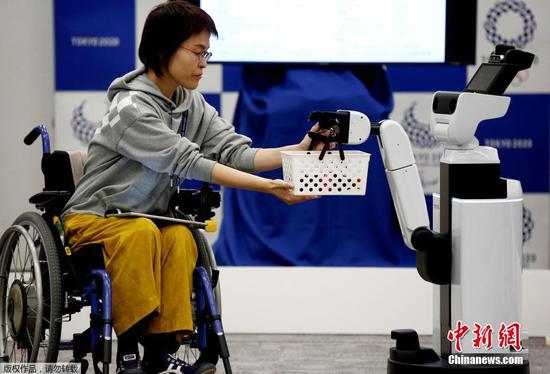Eight percent of global greenhouse gas emissions are covered by an emissions trading system (ETS), according to a report of the International Carbon Action Partnership (ICAP) published here on Tuesday.
The ICAP report titled "Emissions Trading Worldwide Status Report 2019" explored the global status of emissions trading systems in operation, scheduled and under consideration.
According to the report, there are currently 20 carbon markets in place around the world in jurisdictions that together account for 37 percent of global gross domestic product, or GDP.
Six countries and other jurisdictions, including China and Mexico, are scheduled to implement emissions trading over the next few years. Meanwhile, 18 other national and regional governments are considering introducing an ETS, including Brazil, Indonesia and the U.S. state of Washington.
"With more systems expected in the next few years, we estimate the number of global emissions under emissions trading to increase by almost 70 percent in 2020 compared to 2019," the report stated.
China's national ETS will be the largest in the world once it enters into force, stated the ICAP. The Chinese system would cover more than three billion tons of carbon dioxide (CO2) equivalent in its initial phase, accounting for about 30 percent of China's national emissions.
The new Chinese emissions trading system would bring the total global share of all emissions regulated by emissions trading to 14 percent in 2020, the ICAP report noted.
In addition, the report found that last year, many countries that have already introduced emissions trading systems have reformed their ETS for the period after 2020 to bring their carbon trading in line with national climate targets.
These reforms were already having price effects as the price per ton of CO2 was moving towards 20 U.S. dollars in some large emissions trading systems. In the Republic of Korea, which runs the world's second largest carbon trading at the moment, the average price per ton of CO2 in 2018 was 20.62 U.S. dollars, followed by 18.76 U.S. dollars per ton in the European Union.
The ICAP report said that ETS systems worldwide had raised over 57 billion U.S. dollars by the end of 2018. Jurisdictions have tended to use auctioning revenues to fund additional climate programs, including energy efficiency and renewable energy programs.
However, carbon trading systems alone "are not sufficient to reduce emissions to the necessary level. In addition to further improving and expanding emissions trading, it is equally important that they be combined with other measures to reduce emissions," Claudia Kemfert, economic expert at the German Institute for Economic Research (DIW), told Xinhua on Tuesday.
The ICAP report also concluded that additional measures are needed, and that "reinforced carbon price signals coupled with complementary policies can support increased ambition, cost-effectively." Enditem









